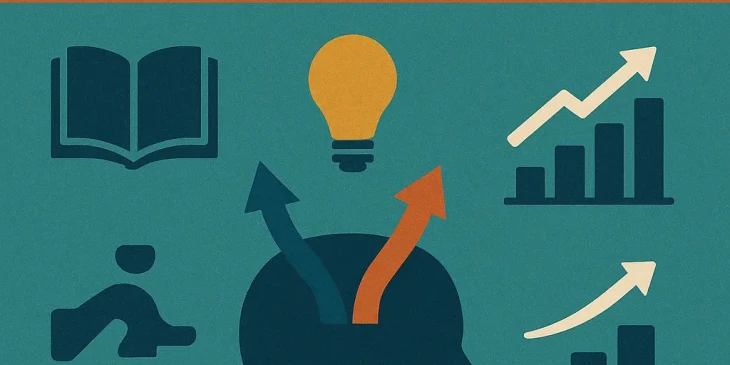Navigating Employee Skill Development in 2025
In today's rapidly evolving job market, the importance of employee skill development cannot be overstated. As businesses adapt to technological advancements and shifting market demands, the need for a workforce that is not just skilled but also adaptable has become critical. This blog delves into how continuous learning and upskilling programs are reshaping career pathways for employees in 2025.
Organizations are increasingly recognizing that to remain competitive, they must invest in their employees' growth. Continuous learning initiatives are no longer optional; they are essential for keeping pace with industry changes and for fostering a culture of innovation.
The Rise of Continuous Learning
Continuous learning refers to the ongoing, voluntary, and self-motivated pursuit of knowledge for personal or professional development. In 2025, companies are leveraging various platforms and resources to facilitate this learning. Online courses, workshops, and webinars have become staples in employee training programs.
With the integration of technology, companies can now provide personalized learning experiences that cater to individual employee needs. This not only enhances knowledge retention but also ensures that employees are equipped with the most relevant skills for their roles.
Upskilling: Preparing for the Future
As industries evolve, certain skills become obsolete while new ones emerge. Upskilling is the process of teaching employees new skills or enhancing existing ones to meet changing job requirements. In 2025, organizations are increasingly focusing on upskilling initiatives to prepare their workforce for future challenges.
These programs often focus on critical areas such as data analysis, digital marketing, and project management. By investing in upskilling, companies not only enhance their employees' capabilities but also boost morale and job satisfaction, leading to higher retention rates.
Transforming Career Pathways
With continuous learning and upskilling programs in place, career pathways are becoming more fluid and dynamic. Employees are no longer confined to linear career trajectories. Instead, they can explore various roles within their organizations, gaining diverse experiences and skills along the way.
This flexibility empowers employees to take charge of their career development, making them more engaged and motivated. Organizations benefit from a more versatile workforce that can adapt to new challenges and drive innovation.
Conclusion
As we navigate through 2025, the landscape of employee skill development continues to evolve. Continuous learning and upskilling programs are not just trends; they are pivotal strategies that can reshape career pathways and enhance organizational success. By fostering a culture of learning, companies can ensure they remain competitive in a dynamic job market while empowering their employees to reach their full potential.




Leave a Comment
To post comment, please